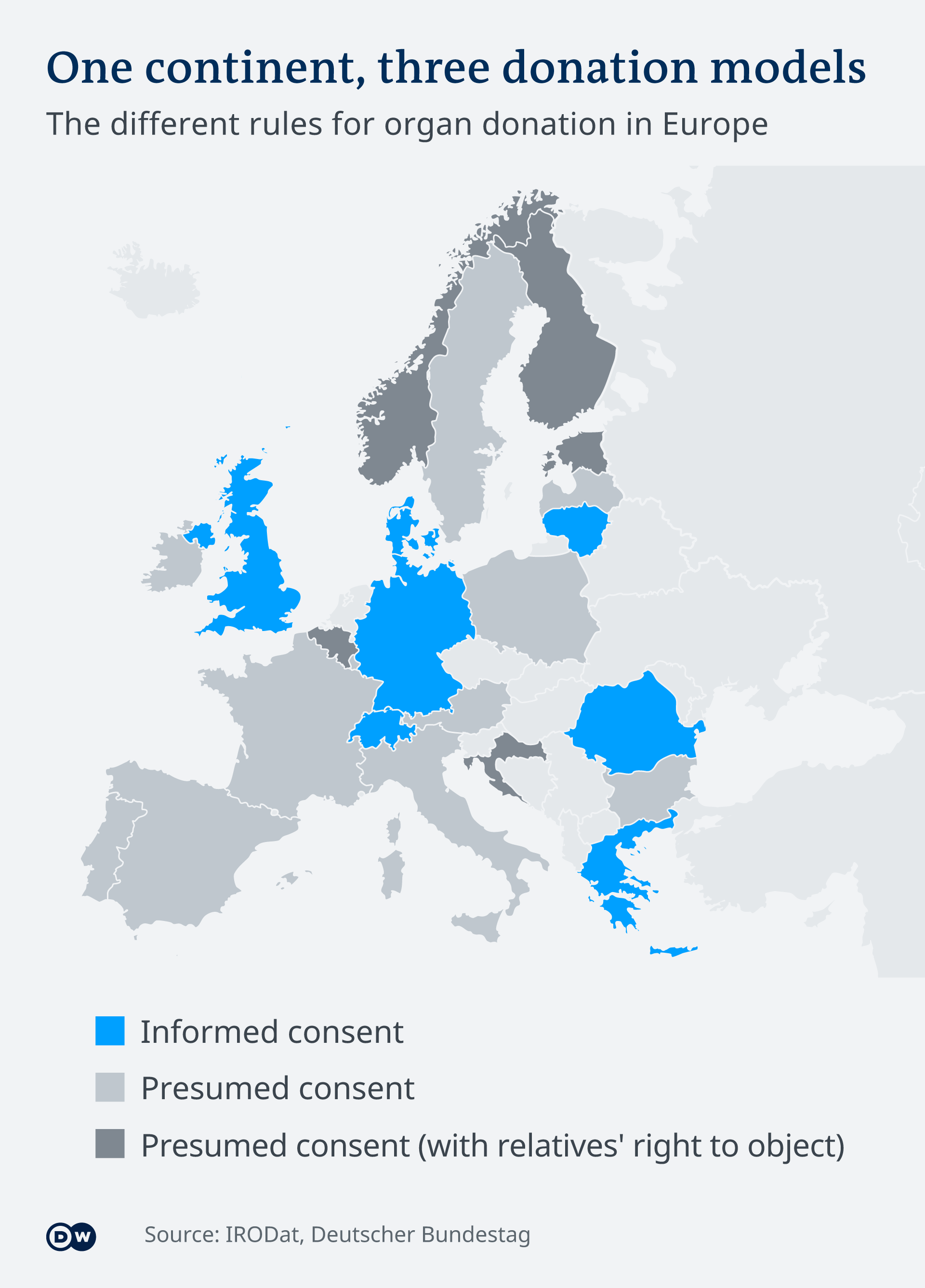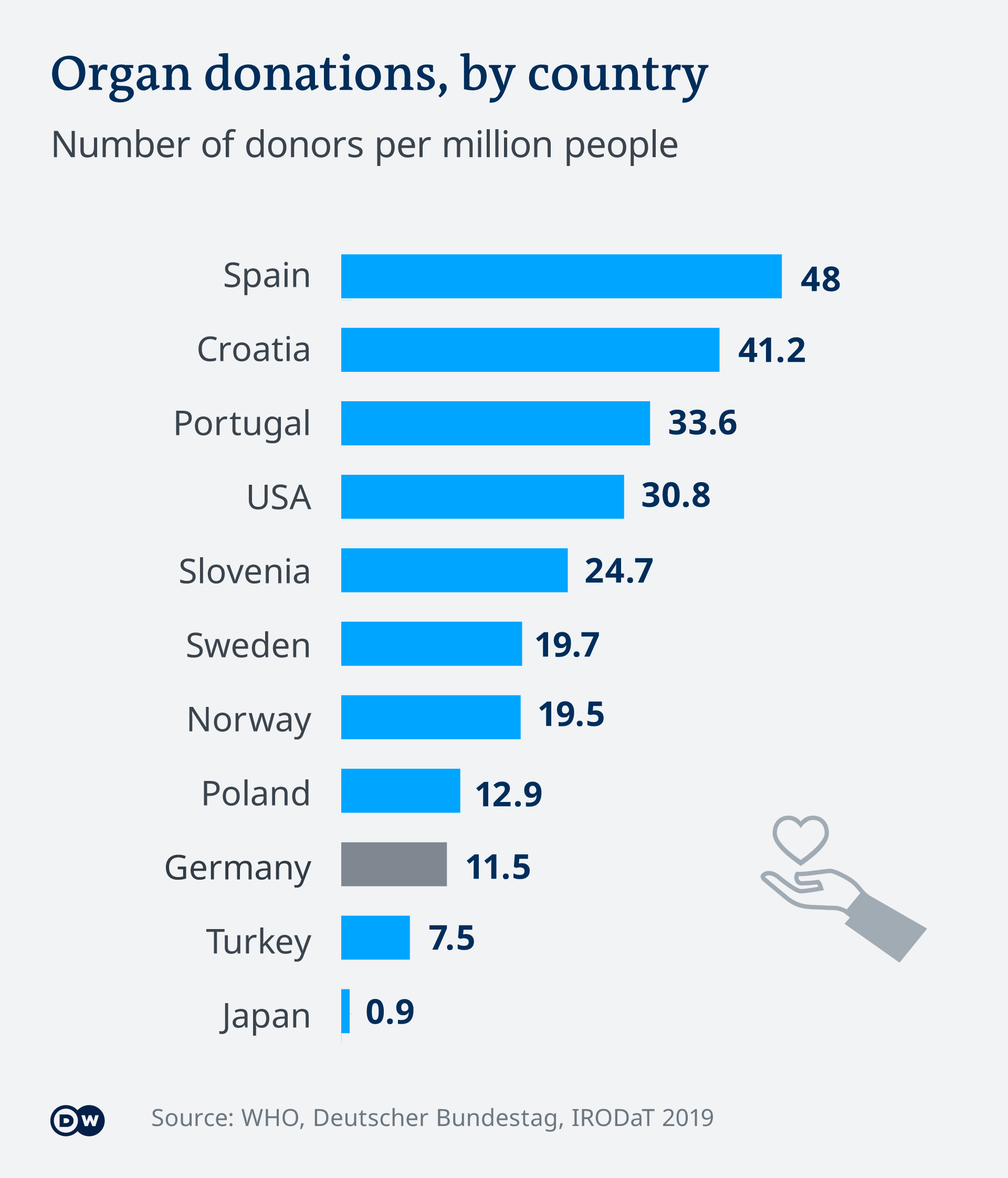Amidst all the concerns about the ballooning number of applications and interviews involved in preparing for the NRMP resident match, here's a site (still in test mode) from the AAMC, intended to help applicants explore residency programs before applying:
Residency Explorer
"Residency Explorer helps medical students and applicants to U.S. residency programs research programs in their specialty of interest and compare themselves to previous matched applicants at those programs.
...
"Residency Explorer delivers insights and information based on:
Residency applicant data from AAMC (ERAS)
Matched applicant data from NRMP
USMLE data from the USMLE Program
COMLEX-USA data from the NBOME
Residency program directory information from ACGME
Program characteristics from the National GME Census Survey, jointly administered by the AAMC and AMA, to which 95% of residency programs self-report information about their programs.
Purpose
The purpose of the Residency Explorer is to help residency applicants understand how they compare the applicants who previously matched at programs as well as explore program characteristics across many areas of interest."
Residency Explorer
"Residency Explorer helps medical students and applicants to U.S. residency programs research programs in their specialty of interest and compare themselves to previous matched applicants at those programs.
...
"Residency Explorer delivers insights and information based on:
Residency applicant data from AAMC (ERAS)
Matched applicant data from NRMP
USMLE data from the USMLE Program
COMLEX-USA data from the NBOME
Residency program directory information from ACGME
Program characteristics from the National GME Census Survey, jointly administered by the AAMC and AMA, to which 95% of residency programs self-report information about their programs.
Purpose
The purpose of the Residency Explorer is to help residency applicants understand how they compare the applicants who previously matched at programs as well as explore program characteristics across many areas of interest."




